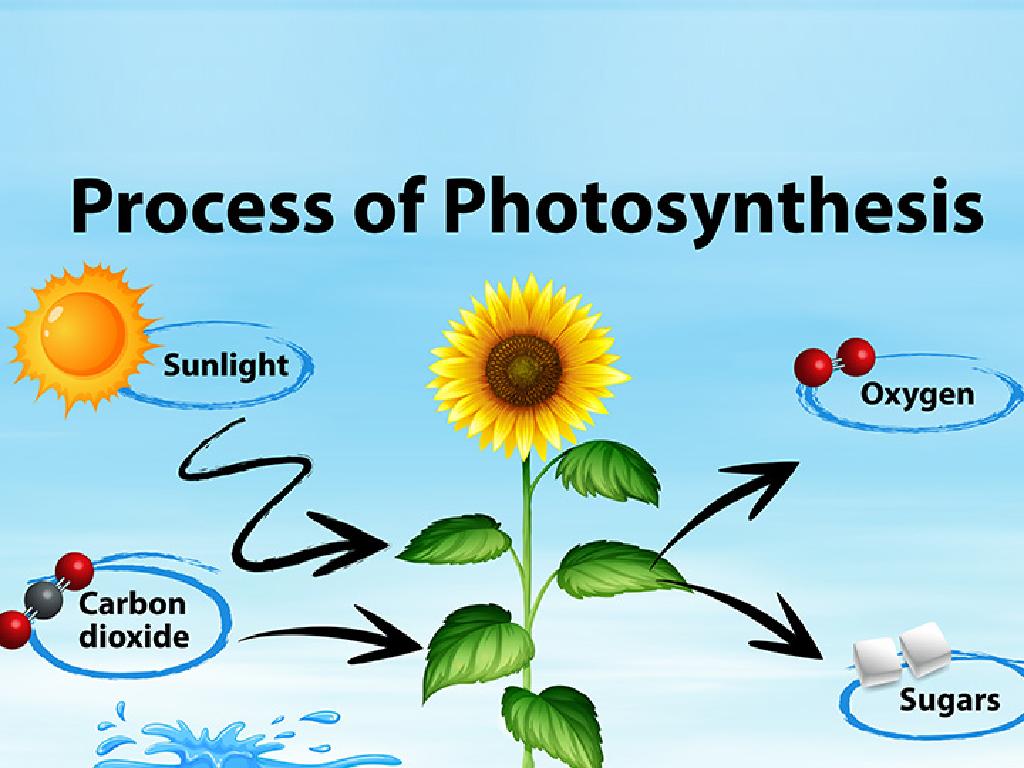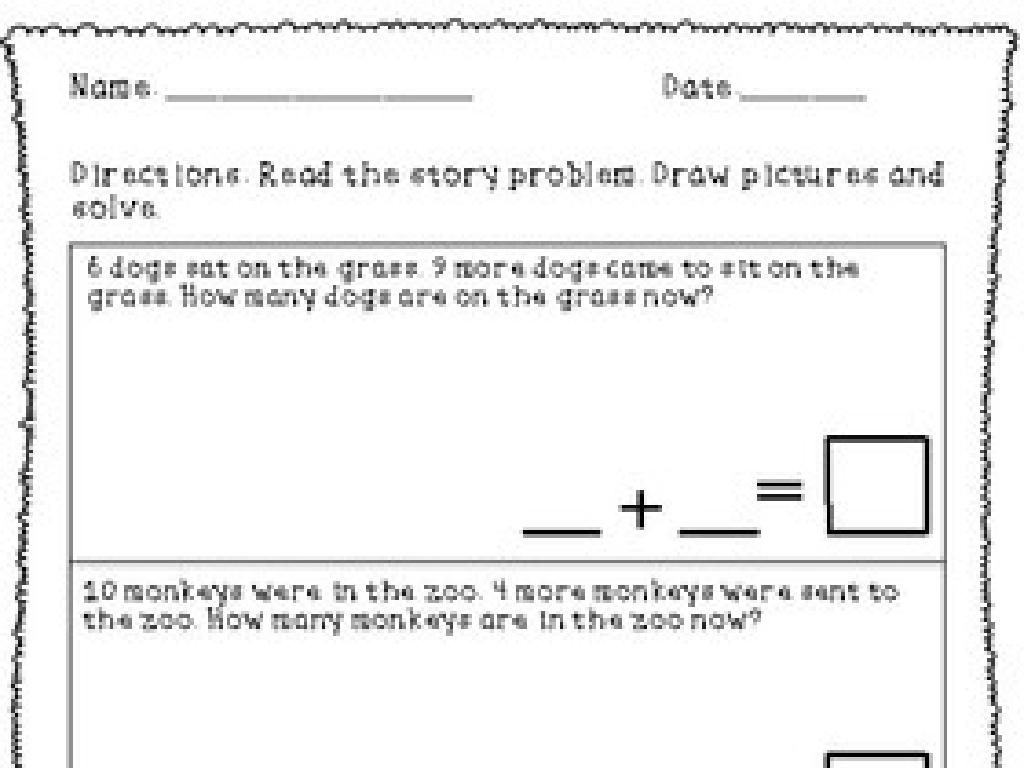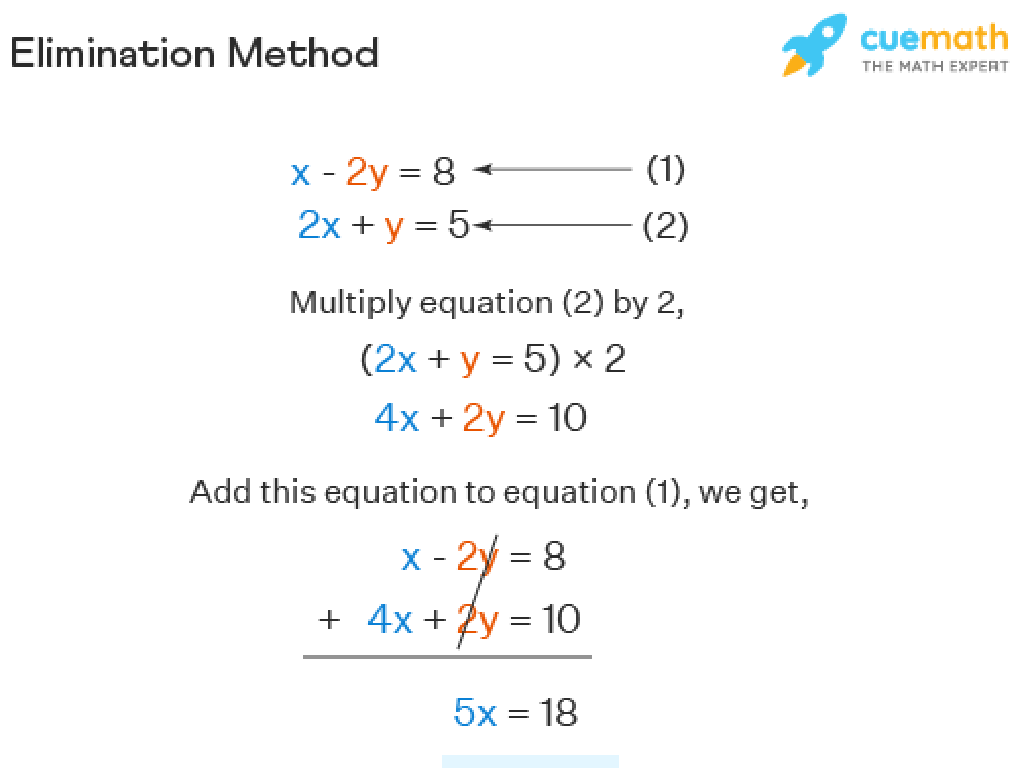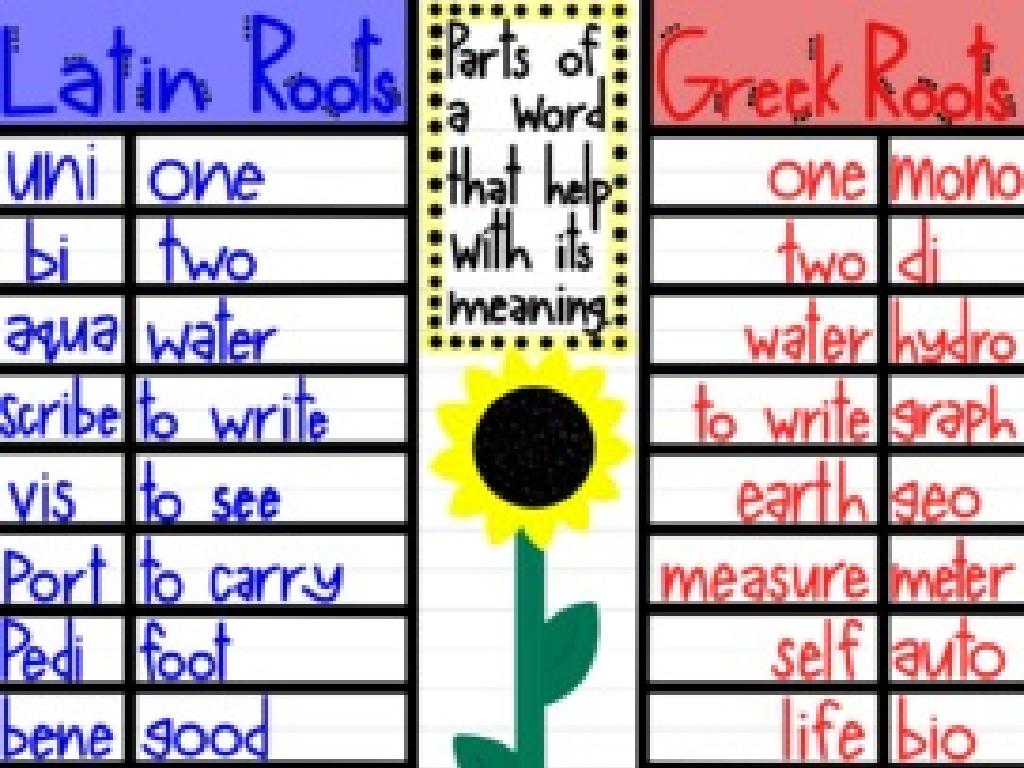Analyze Data To Compare Properties Of Planets
Subject: Science
Grade: Eighth grade
Topic: Astronomy
Please LOG IN to download the presentation. Access is available to registered users only.
View More Content
Analyzing Planetary Data
– Our place in the universe
– Earth is part of a vast universe with many celestial bodies.
– Overview of Solar System planets
– Briefly introduce each planet and its basic characteristics.
– Comparing planetary properties
– Discuss size, composition, atmosphere, and orbit differences.
– Methods for data analysis
– Use graphs, charts, and tables to interpret planetary data.
|
This slide introduces students to the grand scale of the universe and our Solar System’s place within it. Begin with a discussion on the Earth’s position in the universe to provide context. Follow with a short description of each planet in our Solar System, highlighting key features such as size, composition, and atmosphere. Emphasize the importance of comparing these properties to understand how unique each planet is. Teach students how to analyze and interpret data using various methods, including visual representations like graphs and charts. This will help them grasp the concept of data analysis in astronomy. Encourage questions and curiosity about the planets to foster engagement.
Understanding Data Analysis in Astronomy
– Define Data Analysis in Science
– The process of examining, cleaning, and modeling data to discover useful information.
– Why Data Analysis matters in Astronomy
– It helps us understand celestial patterns and make predictions about planetary behaviors.
– Data Analysis in our daily lives
– Tracking weather patterns or checking nutrition facts are everyday examples of data analysis.
– Encouraging critical thinking
|
Data analysis is a cornerstone of scientific inquiry, allowing us to turn raw data into meaningful information. In the context of astronomy, it’s particularly important as it enables us to study planets and other celestial bodies, despite their vast distances from us. By analyzing data from telescopes and space missions, we can compare the properties of planets, such as size, composition, and orbit. Everyday examples, like weather prediction, help students relate to the concept and understand its relevance. Encourage students to think critically about how data shapes our understanding of the world and the universe.
Comparing Planetary Properties
– Key properties: Size, Mass, Composition, Orbit
– Impact of properties on characteristics
– E.g., Mass affects gravity; Composition determines atmosphere
– Unique features of Solar System planets
– Mercury’s extreme temperatures, Jupiter’s Great Red Spot
– Analyzing data for comparison
|
This slide introduces students to the fundamental properties used to compare planets: size, mass, composition, and orbit. Discuss how these properties influence a planet’s characteristics, such as its ability to support life, weather patterns, and surface conditions. Highlight the unique features of each planet in our Solar System, like Mercury’s temperature fluctuations and Jupiter’s storm systems. Encourage students to think critically about how data on these properties can be analyzed to draw comparisons between planets. Provide examples of data sources such as NASA’s planetary fact sheets and discuss the importance of using reliable data in scientific analysis.
Collecting Planetary Data
– Tools for data collection
– Telescopes, space probes, satellites
– Space agencies’ contributions
– NASA, ESA’s pivotal roles in exploration
– Analyzing real mission data
– Data from missions like Voyager, Mars Rovers
– Understanding planet properties
|
This slide introduces students to the various tools and methods used in collecting data about planets. Emphasize the importance of telescopes, space probes, and satellites in gathering information from afar. Highlight the roles of space agencies such as NASA and ESA in advancing our knowledge of the cosmos. Discuss how real data from space missions, such as those collected by the Voyager probes or Mars Rovers, are crucial for understanding planetary properties. Encourage students to think about how this data might be used to compare different planets. Provide examples of what kind of data is collected (e.g., atmospheric composition, surface temperature, orbital patterns) and how it helps scientists analyze and compare the properties of planets.
Analyzing Planetary Data
– Reading planetary data charts
– Learn to interpret data tables and graphs
– Comparing planetary characteristics
– Size, mass, and orbit: how do planets differ?
– Contrasting different planets
– What makes Earth unique compared to gas giants?
– Drawing conclusions from data
– Use data to understand planet habitability and features
|
This slide aims to equip students with the skills to analyze and interpret data about planets. Start by explaining how to read data charts and graphs, focusing on understanding key terms and units of measurement. Move on to comparing properties such as size, mass, and distance from the sun, highlighting the differences and similarities between planets. Encourage students to think critically about why these properties vary and what implications they have for conditions on each planet. Finally, guide students to use this data to draw conclusions about planet habitability, atmosphere, and potential for supporting life. This will help them appreciate the diversity of our solar system and the unique position of Earth.
Hands-On Activity: Planetary Data Detective
– Class activity: Data analysis
– Work in groups on planet comparison
– Collaborate to examine planetary properties
– Choose two planets to compare
– Consider size, orbit, composition, and more
– Present findings to the class
– Share insights and learn from peers
|
This slide introduces a hands-on group activity where students will act as data detectives to analyze and compare the properties of two planets. Divide the class into small groups and provide each with a dataset containing information about various planets. Encourage them to look at aspects such as size, distance from the sun, orbital period, and composition. Each group will choose two planets to focus on and will use the data to draw comparisons. After the analysis, groups will present their findings, fostering a collaborative learning environment. As a teacher, facilitate the activity by guiding the students on how to interpret data and ensure each group participates equally. Possible activities could include creating a Venn diagram to visualize similarities and differences, a presentation with charts, or a written report.
Conclusion: Planetary Properties
– Summarize lesson’s key points
– Importance of comparison
– Comparing helps understand planet formation, conditions, and potential for life.
– Engage in Q&A session
– Reflect on what we’ve learned
– Think about how different planets can be, even in our own solar system.
|
As we wrap up today’s lesson, it’s crucial to revisit the main topics we’ve covered, including the various properties of planets such as size, composition, atmosphere, and orbit. Emphasize the significance of comparing these properties to gain insights into the formation and evolution of our solar system, as well as the potential for life on other planets. The Q&A session is an opportunity for students to ask questions and clear up any confusion they may have. Encourage them to think critically about the information presented and to consider how this knowledge could be applied in future scientific endeavors or space exploration missions.
Class Activity Debrief: Planetary Data Analysis
– Discuss activity learnings
– Share findings about planets
– For example, variations in planet sizes, atmospheres, and distances from the sun
– Reflect on data analysis process
– How did we interpret the data? What challenges did we face?
– Consider improvements for next time
– What strategies could enhance our data analysis in future activities?
|
This slide aims to wrap up the class activity on planetary data analysis. Start by discussing the key learnings from the activity, focusing on the methods used to analyze and compare planetary properties. Encourage students to share any interesting facts or observations they discovered about the planets. Reflect on the process of data analysis, including how students interpreted the data and any difficulties they encountered. Finally, brainstorm as a class how the activity could be improved and what strategies could be employed next time to make the data analysis even more effective. This debrief will help reinforce the concepts learned and provide a platform for critical thinking about scientific methods.






